Completed funded project
Motivation
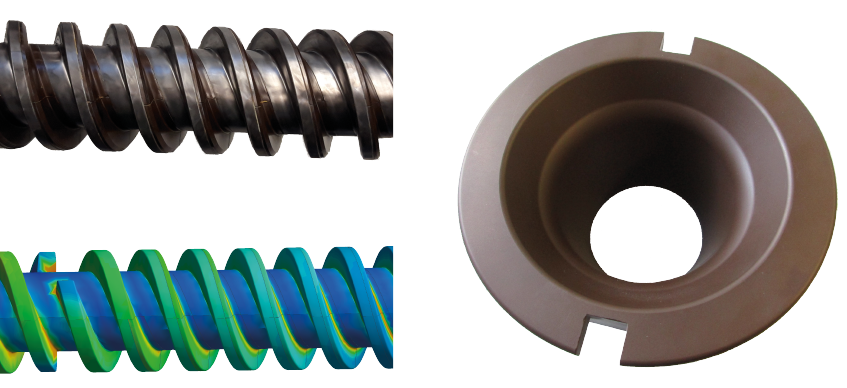
Extrusion screw with locally attached ceramic reinforcement made of Si3N4-TiN (top left), calculated stress distribution
under load (bottom left) and inlet funnel for glass flacon production
made of Si3N4-TiN (right)
- Shaping tools for injection moulding, extrusion or dry pressing are commonly made of hard metals due to the high wear
- The cost and availability of carbides is increasingly dominated by the Chinese market
- Mechanical processing of ceramics is complex and cost-intensive
- Electrical conductivity of abrasion-resistant ceramics is not sufficient for electroerosive machining
Objective
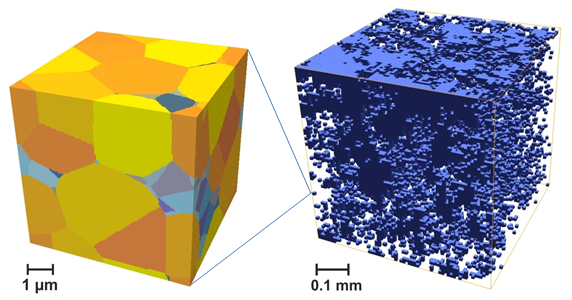
Simulation of a representative volume element of Al2O3 (yellow/orange), which contains TiN (blue/grey) as electrically conductive phase (left) as well as simulation of electrically non-contacted areas at 60% percolation (right)
Development of electro-erosive machinable forming tools made of abrasion-resistant ceramics:
- High chemical resistance
- Electrical conductivity selectr. > 10 S/cm
- Roughness value Ra < 1 μm
- Component dimension > 50 mm
Results

SEM images of Al2O3-TiN structures with differently sized particles of TiN: μm-TiN (left) and nm-TiN (right)
- Production of homogeneous ceramic bodies based on Al2O3 and Si3N4 with defined additions of TiN
- Further development of the model for microstructure simulations:
Identification of optimised particle morphologies, proportions and sizes using microstructure property simulation to minimise the percolation threshold:
- for Si3N4: 32 vol.% TiN addition
- for Al2O3: 22 vol.% TiN addition
- for Si3N4: 32 vol.% TiN addition
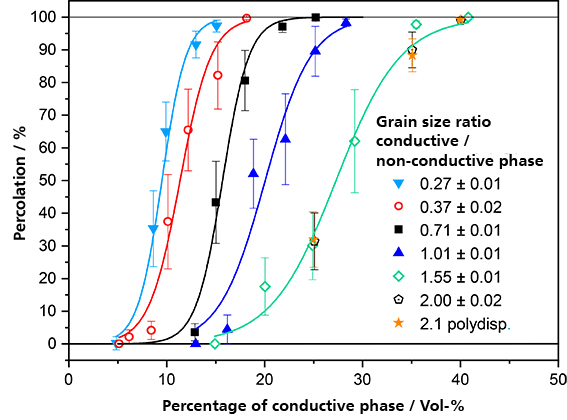
Influence of the particle size and the particle size ratio of the electrically conductive to non-conductive phase on the percolation threshold for uniform particles
- By using TiN nanopowder and optimising the sintering process, the sintering temperature could be reduced by up to 400 K
- Successful optimisation of debinding and sintering, so that component geometries > 50 mm can also be produced without cracks
- development of a measurement and evaluation method for assessing the roughness of machined surfaces with regard to local stress peak
Project Data
| Project Duration | 03.12.2015 - 30.11.2018 |
| Sponsor | Bavarian State Ministry of Economic Affairs and Media, Energy and Technology, represented by promoter Jülich |
| Funding Amount | 350,000 Euro |
| Project Partners | Fraunhofer-Centre HTL Paul Rauschert GmbH & Co. KG LAPP Insulators Alumina GmbH Staedtler Mars GmbH & Co. KG Zentrum für Werkstoffanalytik Lauf GmbH |
| Project Coordination |
Paul Rauschert GmbH & Co. KG |
| Project Management at the HTL | Marina Stepanyan |
 |
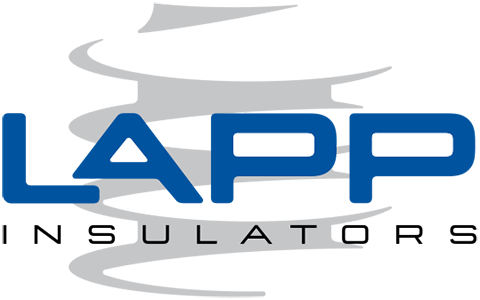 |
 |
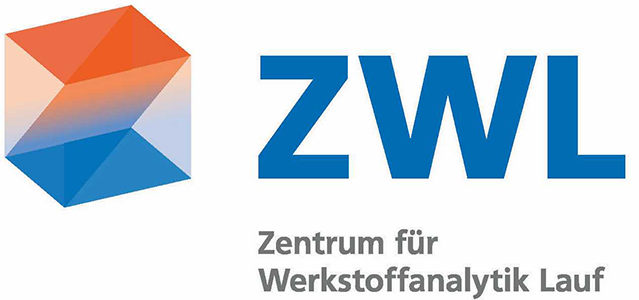 |
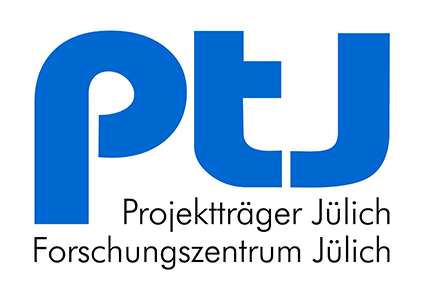 |
 Fraunhofer ISC, Center for High Temperature Materials and Design HTL, Bayreuth
Fraunhofer ISC, Center for High Temperature Materials and Design HTL, Bayreuth